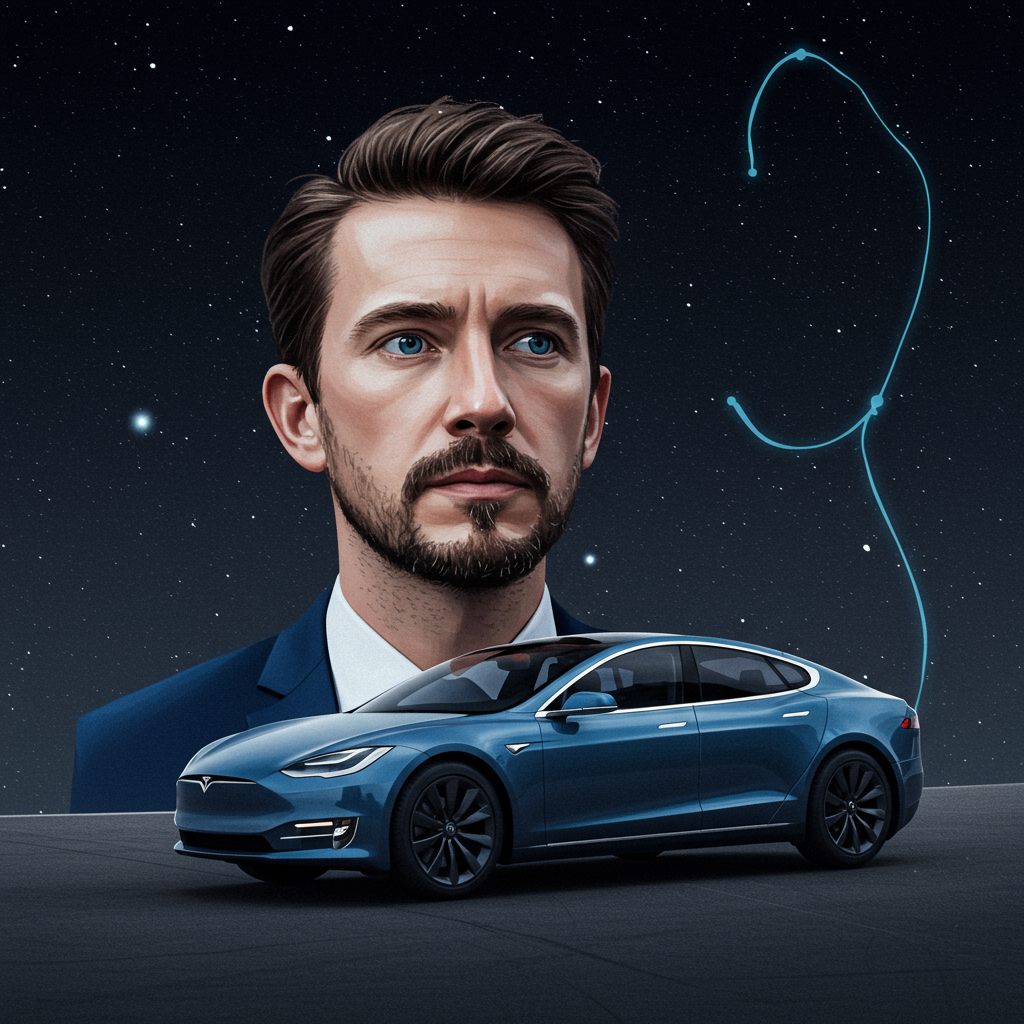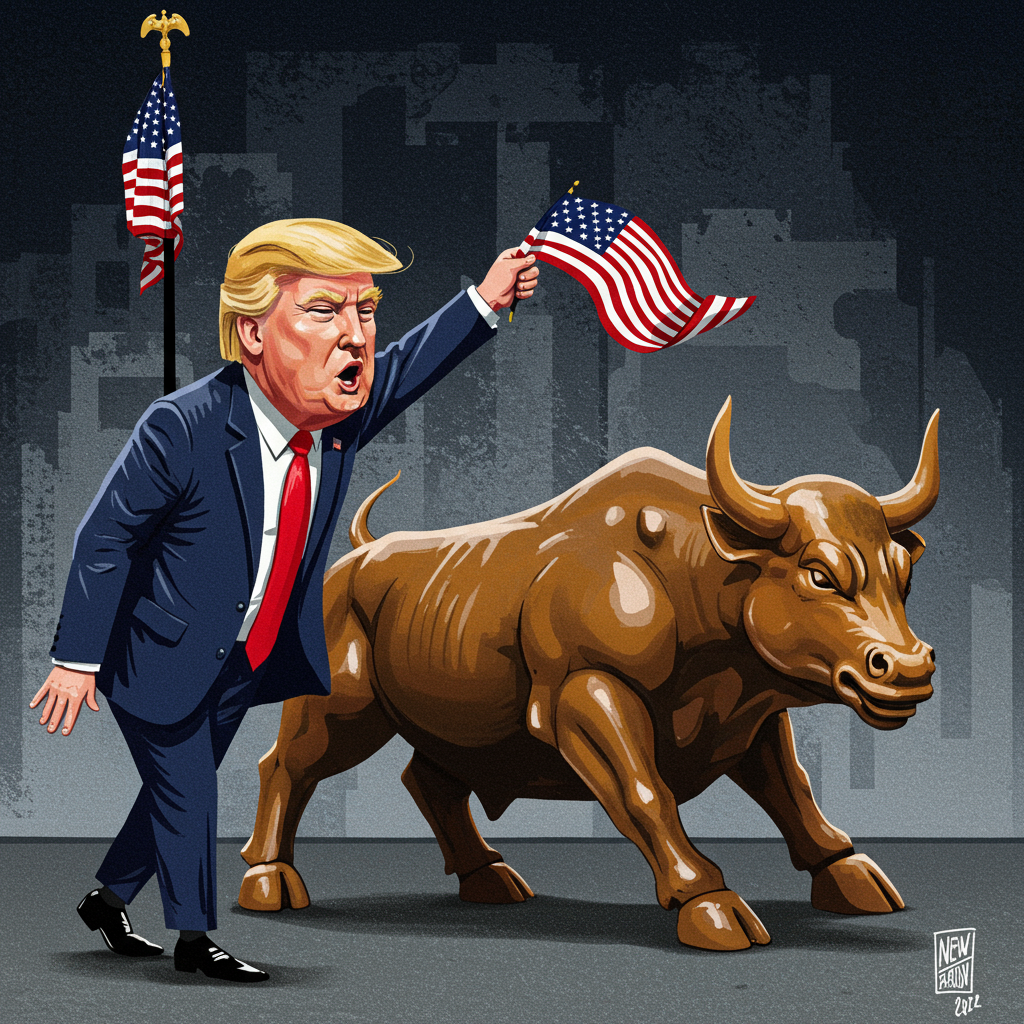Tesla Enters Autonomous Ride-Hailing Arena with Austin Robotaxi Pilot
Tesla has officially rolled out its highly anticipated robotaxi service, offering the first paid rides on public roads in Austin, Texas. The debut, described by analysts as a “low-key affair,” marks a significant step for the electric vehicle giant as it ventures into the competitive autonomous ride-hailing market.
The initial launch on Sunday, June 22nd, was an invite-only pilot program. A select group of participants, including analysts, influencers, and shareholders, were given the opportunity to experience rides in a small fleet of Tesla vehicles within a specific, geofenced operational zone in the city’s South/South-East area, reportedly focusing on the South Congress neighborhood. This limited area avoids complex environments like highways or airports.
Pilot Details: Safety Drivers Present, Existing Vehicles Used
Contrary to past ambitious statements from CEO Elon Musk about unsupervised operations, the pilot vehicles currently include a human safety operator in the front passenger seat. These monitors are reportedly equipped with button controls for intervention, including the ability to pull over, stop the vehicle, or contact support. Reports also suggest the use of remote monitoring and potential chase cars for additional backup.
The service is operating with approximately 10 to 20 existing Tesla Model Y SUVs, identifiable by a small “robotaxi” logo on the side. This initial fleet does not feature the futuristic “Cybercab” concept vehicle previously unveiled by Musk, which is intended for future deployment. The service is available daily from 6 am to midnight but may be limited or unavailable during adverse weather conditions. Early users participating in the pilot paid a flat fare of $4.20 per ride.
A Decade in the Making: Musk Celebrates Milestone
Elon Musk celebrated the launch on X, congratulating Tesla’s artificial intelligence software and chip design teams. He described the event as the “culmination of a decade of hard work,” emphasizing that both teams were built from scratch within Tesla.
The launch follows years of ambitious timelines set by Musk for achieving full autonomy and launching a robotaxi service, promises that date back to 2015. For investors, the successful deployment of autonomous ride-hailing is viewed as a critical component of Tesla’s future growth strategy, particularly as the company faces recent challenges like fluctuating sales and a dip in consumer sentiment.
Entering a Crowded and Competitive Market
Tesla is entering a market where established players like Alphabet’s Waymo and Amazon’s Zoox already offer commercial self-driving taxi services in multiple U.S. cities, including San Francisco, Phoenix, Los Angeles, and Austin. Notably, competitors like Waymo have completed over 10 million paid rides in cities where they operate, often without safety drivers, showcasing a more advanced state of deployment in certain areas. Meanwhile, Uber is expanding its reach globally through partnerships with Chinese autonomous vehicle firms such as Pony.AI and WeRide.
This competitive landscape highlights the challenge for Tesla, which analysts suggest is betting on its high volume of vehicle production, the vast data collected from its existing fleet, and a reliance on a camera-only (vision-based) autonomous technology stack. This approach is often considered potentially cheaper and more scalable than systems using supplementary sensors like LiDAR.
Challenges Ahead: FSD, Safety, and Regulation
A key factor for Tesla’s ability to compete and scale its robotaxi service is the advancement of its core autonomous driving technology, known as Full Self-Driving (FSD). While the pilot uses a version of “unsupervised” software, the publicly available FSD system currently requires active driver supervision (classified as Level 2 autonomy). Experts suggest that for Tesla to truly rival competitors operating without safety drivers, its FSD system needs a significant leap forward.
If the technology is not sufficiently advanced, it may necessitate extensive remote monitoring and control by a large team of teleoperators. This operational model could significantly increase costs for Tesla and create opportunities for negative public relations, potentially through “embarrassing videos” circulating online if the system encounters difficulties.
Safety remains a paramount concern across the autonomous vehicle industry. Tesla’s FSD system has previously faced scrutiny from U.S. auto regulators (the National Highway Traffic Safety Administration is reportedly reviewing Tesla’s safety data, including performance in bad weather) and customer complaints. The risks are underscored by past incidents involving other companies, such as General Motors’ Cruise project being suspended following accidents and regulatory challenges, and a fatal collision involving an Uber self-driving test vehicle in 2018.
Adding to the regulatory landscape, a new Texas law effective September 1st will require robotaxi operators to obtain a state permit and demonstrate their vehicles meet Level 4 autonomy standards (capable of driving without human intervention under specific conditions). This law grants the state power to revoke permits if a company is deemed a public safety risk and suggests Tesla will likely need to continue operating with safety drivers until it meets the requirements for permit application and truly driverless operation.
What’s Next? Scaling and the Future of Mobility
Despite the cautious and limited scope of the initial launch, the pilot is a critical step for Tesla. Early feedback from invited participants has reportedly been positive, with some describing the rides as “smooth,” although videos have shown instances of unexpected braking.
Tesla’s ambition is to scale the service significantly, potentially deploying a thousand vehicles within months and eventually introducing the purpose-built Cybercab. The long-term vision includes potentially integrating existing Tesla owners’ vehicles into the network. However, safely scaling this service across diverse conditions and locations represents the next major challenge, marking, as one expert put it, “the end of the beginning” for Tesla’s robotaxi journey.
The autonomous vehicle market continues to grow, with forecasts suggesting it could reach €450 billion globally by 2035. As more operators eye this potential, Tesla’s approach and its ability to overcome technological hurdles and regulatory challenges will be closely watched. Tesla, for its part, maintains that its robotaxi service will ultimately enhance safety, particularly for vulnerable road users like pedestrians and cyclists.




